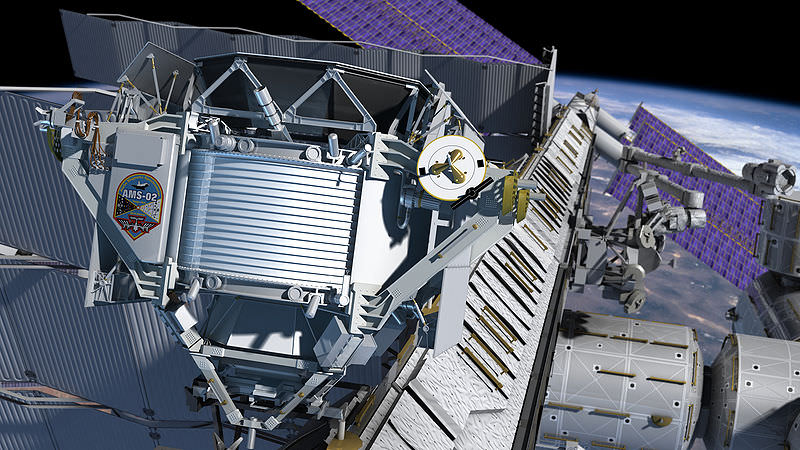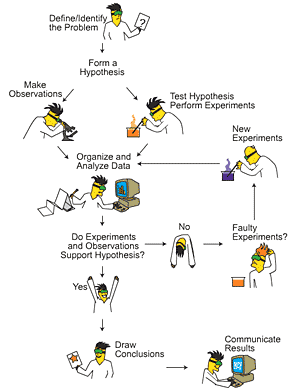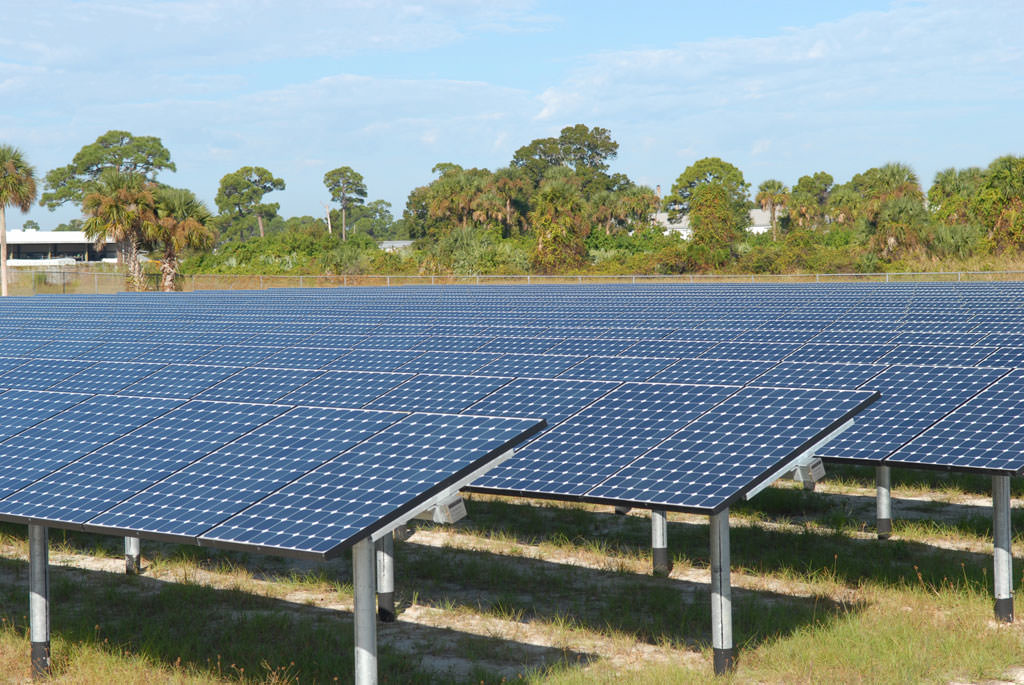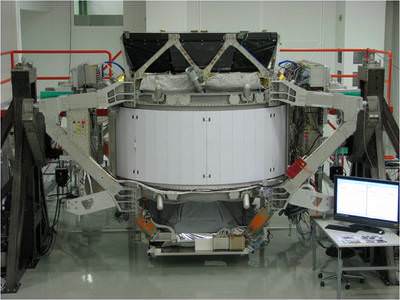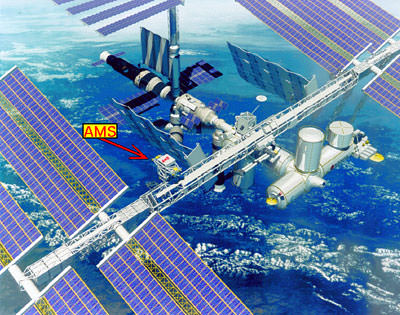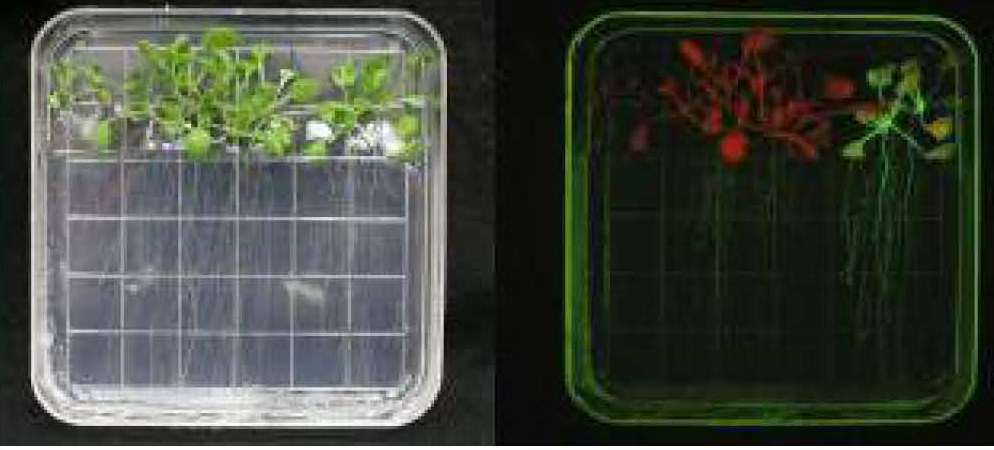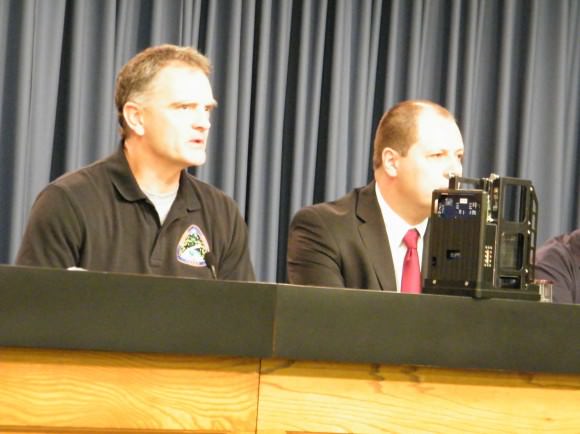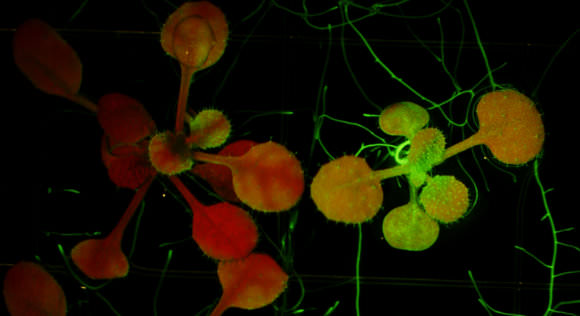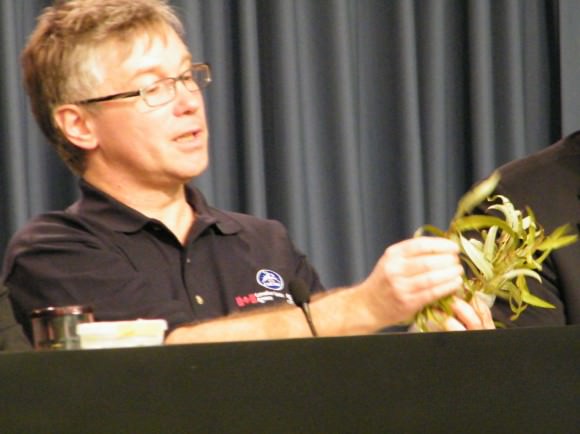[/caption]
A new opportunity for students to be part of history and fly an experiment on what could be the last space shuttle mission has been announced by the Student Spaceflight Experiments Program (SSEP) for the STS-135, the shuttle mission that might fly in June of 2011.
“We hope to get 50 communities and 100,000 students participating in the initiative which allows grade 5-14 student design of real experiments to fly aboard Atlantis, and engages entire communities,” Dr. Jeff Goldstein, the Director for the National Center for Earth and Space Science Education told Universe Today. “This is very unique opportunity for students and teachers to be part of a high visibility, keystone U.S. national STEM education program of the highest caliber.”
SSEP is a new program that launched in June 2010 by the National Center for Earth and Space Science Education in partnership with NanoRacks, LLC, a company that is working with NASA under a Space Act Agreement as part of the utilization of the International Space Station as a National Laboratory.
The company hopes to stimulate space station research by providing a very low-cost 1 kilogram platform that puts micro-gravity projects within the reach of universities and small companies, as well as elementary and secondary schools through SSEP. So, this is actually a commercial space program and not a NASA program.
This opportunity offers real research done on orbit, with students designing and proposing the experiments to fly in low Earth orbit.
Goldstein said the program is a U.S. national Science, Technology, Engineering, and Mathematics (STEM) education initiative that gives up to 3,200 students across a community—middle and high school students (grades 5-12), and/or undergraduates at 2-year community colleges (grades 13-14)—the ability to fly their own experiments in low Earth orbit, first aboard the final flights of the Space Shuttle, and then later on the International Space Station.
For the STS-134 mission, now scheduled to launch in April 2011, 16 communities were chosen to participate from 447 student team proposals. Goldstein said the 16 selected experiments are now moving through formal NASA Flight Safety review.
But the end of the shuttle mission is not the end of this program – instead it is just the beginning. “This is meant to be a gateway to Phase 2 of the program, which will allow routine access to space for students conducting experiments, said Goldstein. “SSEP was designed to engage and inspire America’s next generation of scientists and engineers through immersion in real science. We believe that ‘student as scientist’ represents the very best in science education.”
What type of experiments would be accepted? Students and teachers should discuss what biological, chemical or physical system they would like to explore with no gravity off for 10 days. Examples of experiments are seed germination cell biology, life cycles of organisms, food preservation, and crystal growth. The SSEP program will help guide the teachers through implementation of the program in their classrooms.
Each participating school district will be provided an experiment slot in an easy-to-use real microgravity research mini-laboratory flying on Space Shuttle Atlantis. The SSEP center will then guide the school districts through an experiment design competition within the grade 5-12 range, which can be conducted across a single school, or district-wide to as many as 3,200 students. Student teams then design real experiments vying for your reserved slot on this historic flight, with designs constrained by mini-laboratory operation.
Other benefits of the program include a customized Blog for students and teachers to report on their program, and a design competition for each school to have a 4-inch x 4-inch emblem that we will fly aboard the Shuttle and returned to the school.
There is uncertainty, however, whether the STS-135 mission will fly. Funding for the additional STS-135 mission was authorized by Congress on September 29, 2010, and the authorization was signed by President Obama. NASA is currently awaiting Congressional allocation of funds for STS-135. On January 20, 2011, NASA formally added STS-135 to its launch schedule. Goldstein said there is now a high probability that STS-135 will indeed fly. But when it flies is the issue.
Because of the timing of when NASA needs to have a list of material that will be used in the experiments so that they can do a flight safety review, the SSEP program needs NASA to slip the launch date from June 28, 2011 until at least August 31, 2011. They fully expect this to occur given the significant launch slips that have occurred for STS-133 and STS-134, and the conversations already taking place in NASA.
But it is now time critical for schools to be able to participate. There is a proposal submission deadline of May 12, 2011. By the end of May, the flight experiments will be selected, so that NASA can be provided with the materials list 3 months in advance of launch.
For more information see the SSEP website



